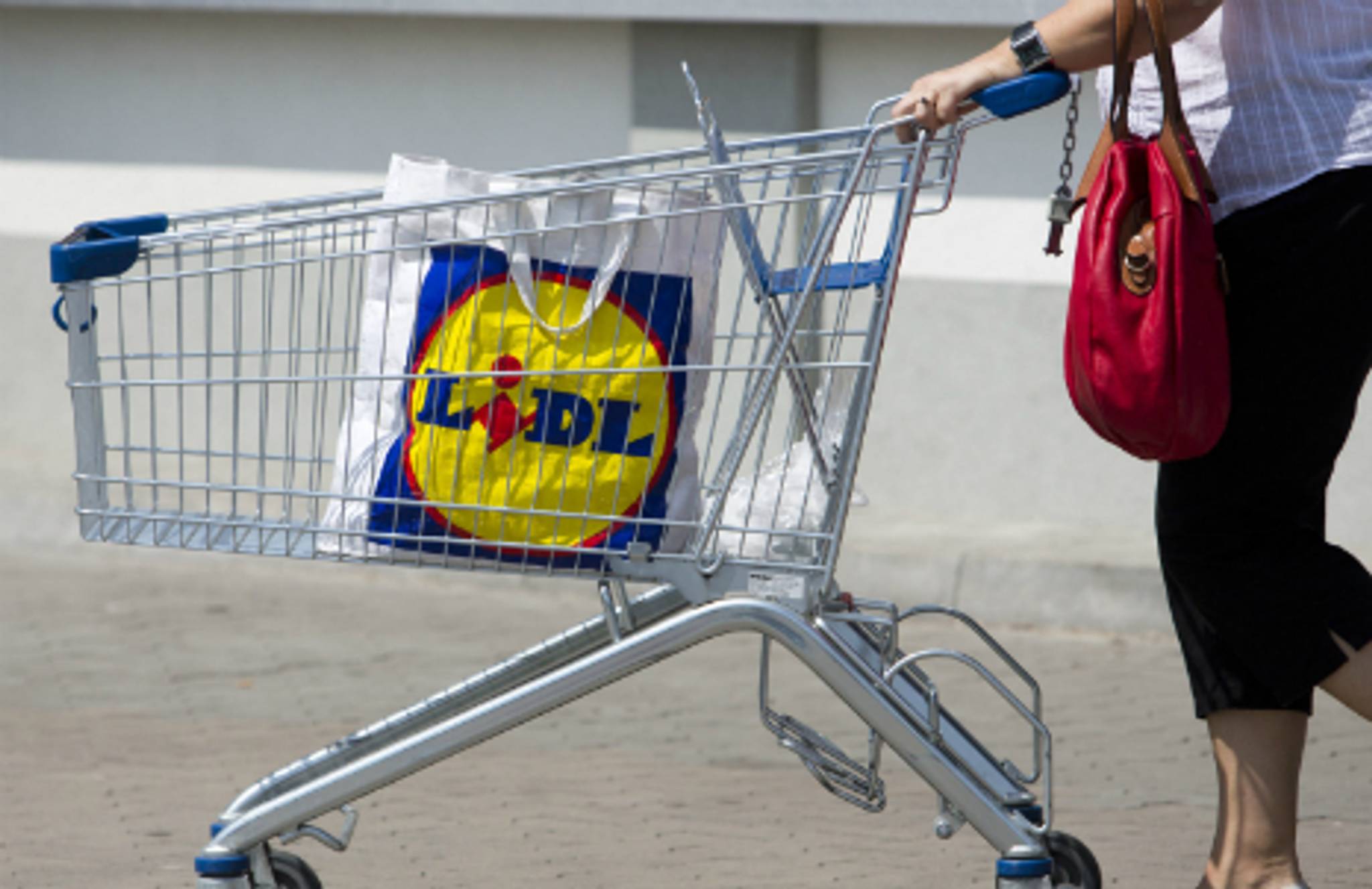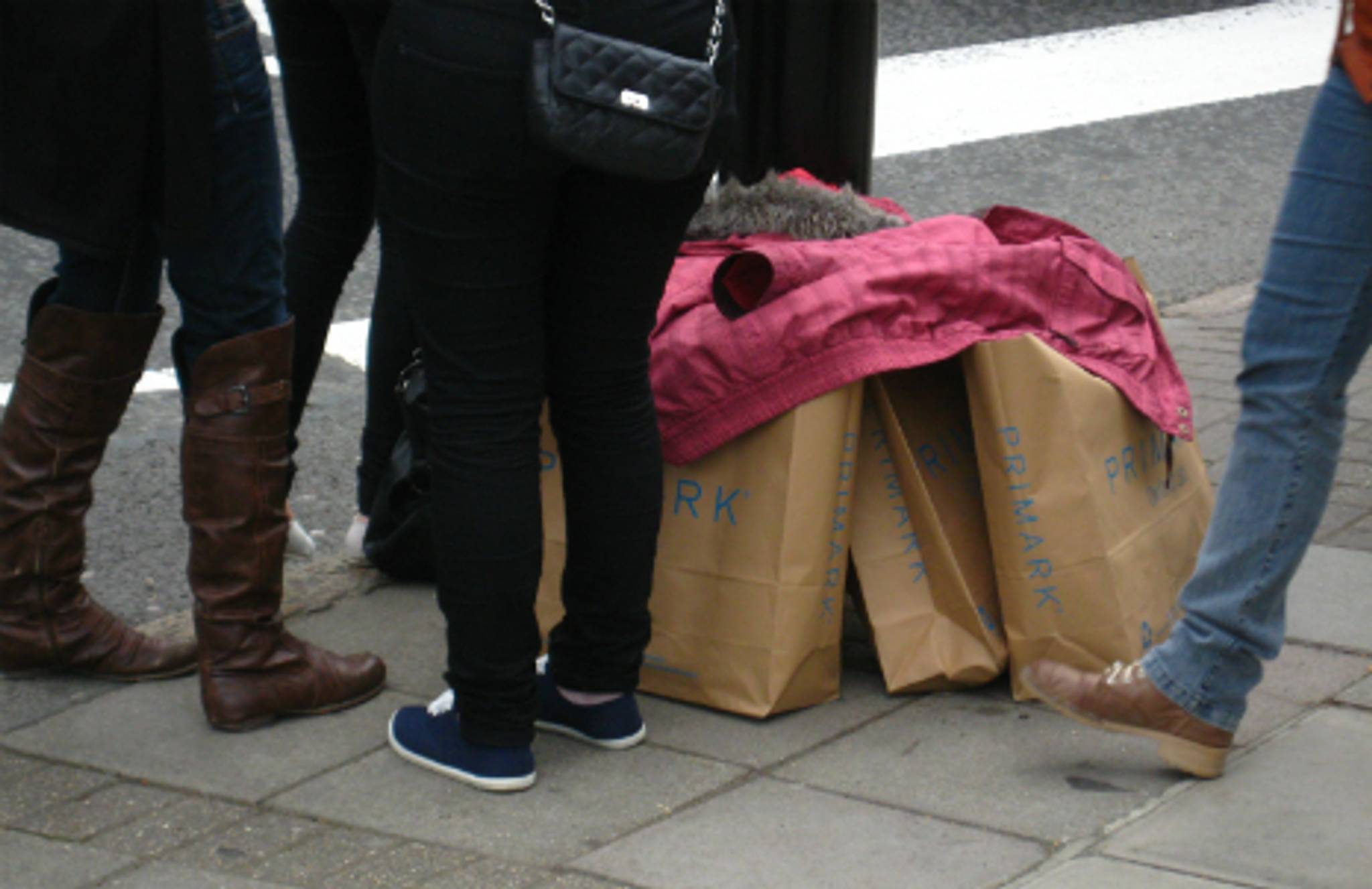Signal26 Aug 2014
Buy skinny jeans from LidlAsda has George, Tesco has F&F, Sainsburys has TU, and in August 2014 discount supermarket chain Lidl launched a clothing line called Esmara. The range includes leather jackets, skinny jeans, denim shirts and heeled ankle boots, priced at under £15.

©Lidl



